
What are Hygroscopic and Non-Hygroscopic Cargo?
An important aspect of transporting cargo by ship is the prevention of damage to the cargo and the avoidance of its consequential claims. Because moisture is the source of a […]

An important aspect of transporting cargo by ship is the prevention of damage to the cargo and the avoidance of its consequential claims. Because moisture is the source of a […]
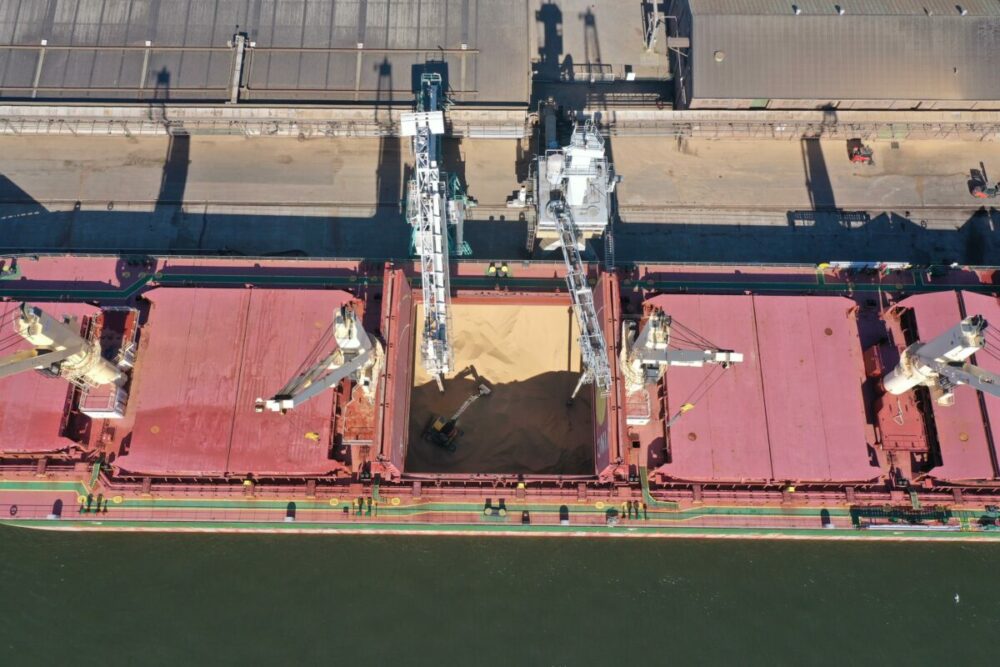
The need to provide an efficient cargo hold ventilation system on ships to ensure the quality of transported items is critical. Such a system is required to minimize the formation […]
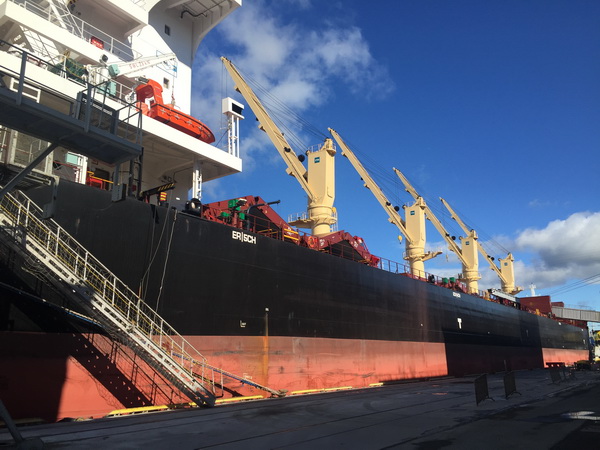
Cargo ships are classified according to their sizes as well as the fuel they can carry. For instance, Panamax size cargo ships can carry approximately 5,700 MT up to 8,000 […]
![ARO Meaning in Shipping [Payment, Risks, Pros & Cons] 4 ARO Meaning in Shipping [Payment, Risks, Pros & Cons]](https://maritimepage.com/wp-content/uploads/2022/03/10-Tips-For-Your-Jon-Boat-Conversion-1024x683-1.jpg)
Explore the nuances of ARO meaning in shipping and its impact on different parties. Gain insights into its advantages and disadvantages.
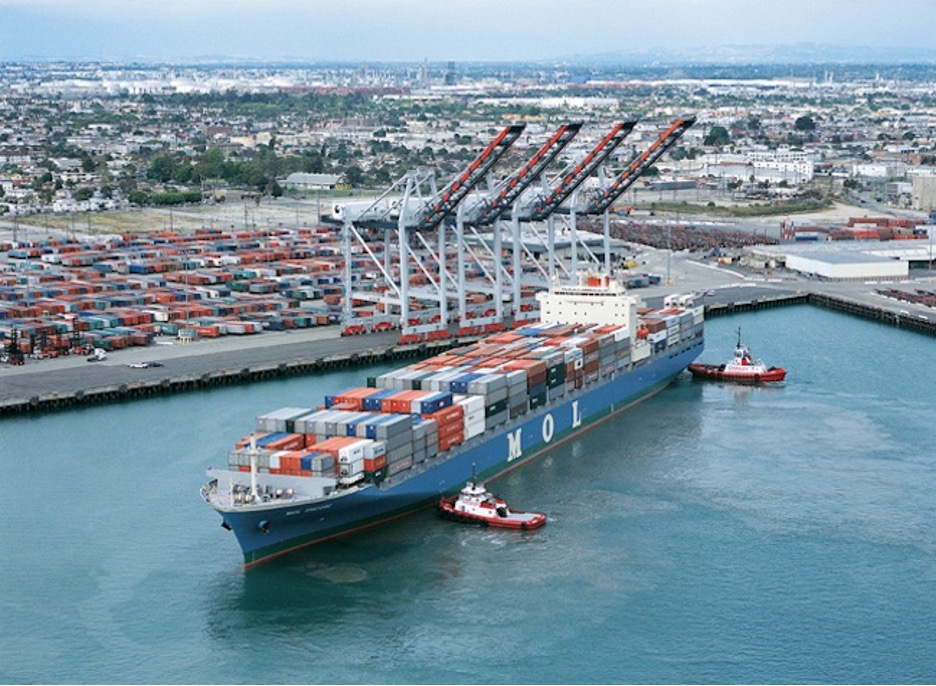
Whenever cargo has to be loaded on or discharged from a vessel, the vessel has to be parked and fastened to a quay, wharf, pier, or jetty with mooring ropes […]

The structure of a ship is subject to strain during loading and bad weather conditions. The strain or load likely to be encountered by the ship’s structure constitutes perhaps one […]
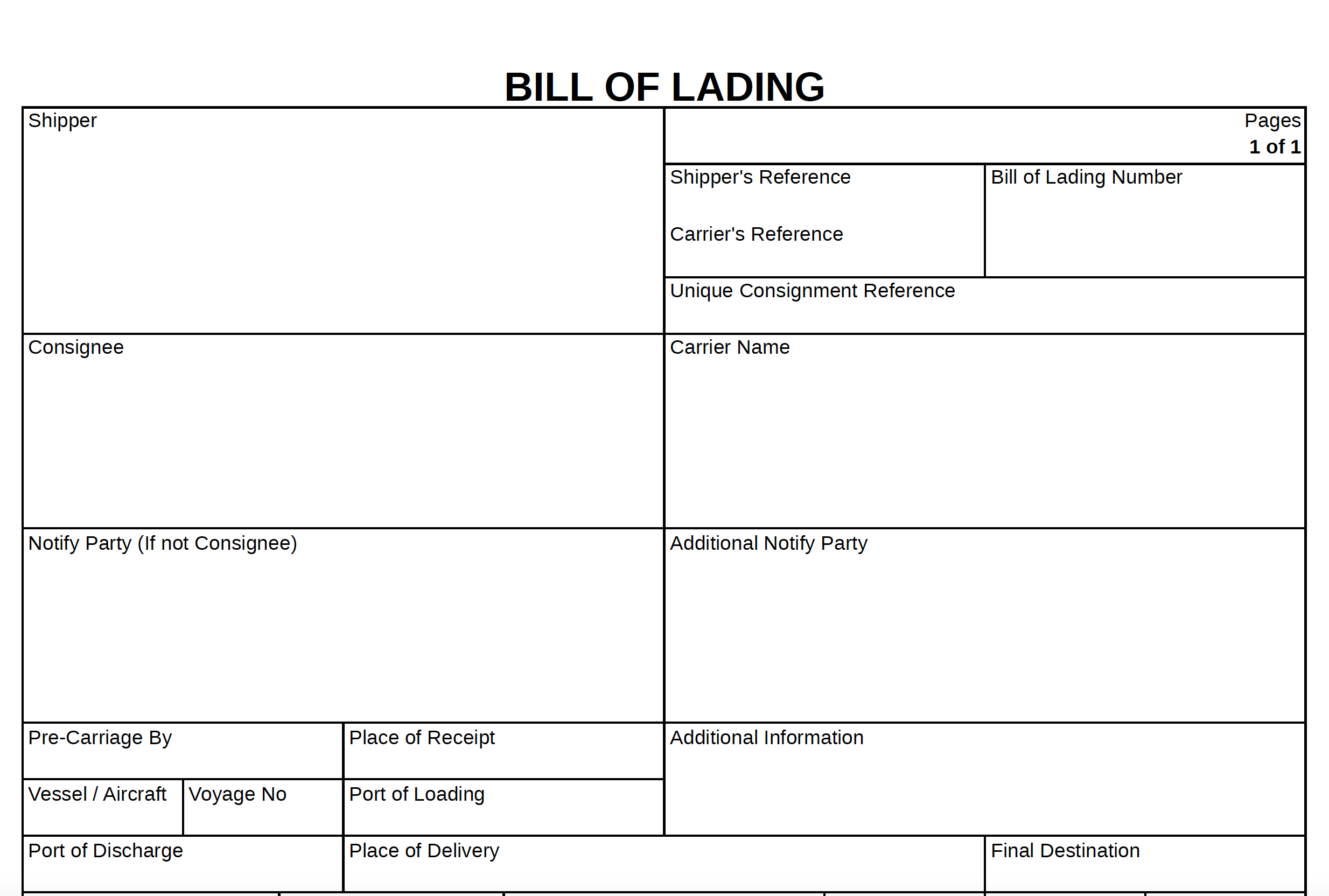
A Bill of Lading is a binding legal document between the consigner and the carrier in the shipment of goods and specifies the nature of goods being transported to the […]

E-commerce accounts for close to 20% of all retail sales globally. We buy goods and services through the internet and pay for them electronically using credit and debit cards, virtual […]

Whenever you import some goods, whether as an individual or as an agent, there are other parties that are involved until you receive the goods. There is you as the […]
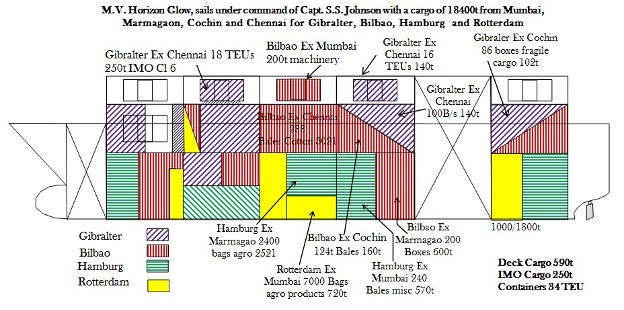
For a ship to be commercially viable for carrying cargo the spaces on board need to be optimally utilized. This means cargo cannot be dumped haphazardly into the cargo spaces […]